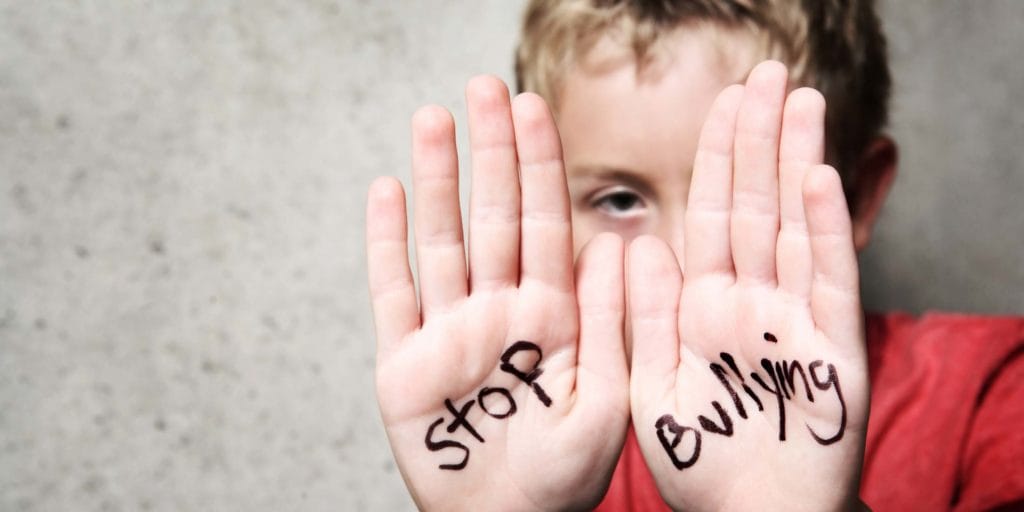At first, life was good, Daniel Fitzpatrick wrote in his suicide note — lots of friends, good grades in school. But when his family moved from the area and then returned, the bullying began. “It was different. My old friends changed, they didn’t talk to me, they didn’t even like me.” He wrote of fights and of teachers who “didn’t do ANYTHING!” Finally, he wrote, “I gave up.” In August 2016, he hanged himself. He was 13. It’s a heartbreaking tale that is, sadly, all too common. Among those ages 10 to 14, suicide is the third leading cause of death, according to statistics from the Centers for Disease Control and Prevention (CDC). Among those 15 to 34, it’s the second leading cause. How many of those deaths can be connected to bullying is tough to quantify, a 2014 CDC analysis of bullying and suicide noted, because suicide is rarely the outcome of a single issue or trauma. But the research makes clear that young people who are bullied are at greater suicide risk. That means it’s imperative for parents, caregivers, teachers and all those who have a role in a child’s life to get educated about bullying so they can minimize its prevalence and help kids learn to deal with it if it comes.
Inside Bullying
Some key things to understand:
- Bullying can take a variety of forms — physical and verbal attacks, threats, intimidation, and more subtle techniques such as excluding someone from a group, spreading rumors and “ghosting” (cutting off all contact). And now with increasing technology and social media options, the avenues for bullying have soared. The bully doesn’t even need to come face to face with the victim.
- It’s not just those who are on the receiving end of bullying who suffer. Research shows that kids who simply witness bullying can be affected, reporting more feelings of helplessness and less sense of support and connection from the responsible adults in their lives than those who haven’t encountered bullying.
- Those who bully are often bullied themselves, and it’s this group — called bully-victims — that has the highest suicide risk of any group that reports links to bullying.
So how should bullying be addressed with the young, and how can it and the increased suicide risk be prevented?
- Take it seriously. Don’t dismiss bullying as a part of childhood, a rite of passage or “kids being kids.” Bullying can have devastating effects on mental health and overall well-being and should be taken seriously. At worst, it can increase the feelings of helplessness and hopelessness that raise suicide risk. It can also lead to depression, anxiety, health ailments, social and academic troubles, and problems with drugs or alcohol.
- Acknowledge vulnerabilities. Those with special needs or disabilities, cultural differences, or differences in sexual or gender identity are at increased risk of being bullied. For example, a 2010 study found that those with autism spectrum disorder are more than three times as likely to be bullied as their peers without ASD. Sometimes, kids who are bullied begin to bully others as they seek to restore the balance of power. Special attention should be paid at home, at schools and in the community so that the child feels supported, understood and accepted. For tips on how to safeguard against such bullying, visit the “Considerations for Specific Groups” page at stopbullying.gov.
- Promote protective factors. Research on bullying and suicide-related behavior shows us that certain factors can make a child more vulnerable to one or both. Among them:
- Emotional issues
- Feelings of disconnection from people and institutions
- Exposure to violence
- Alcohol and drug use
- Family conflict
- A lack of access to needed resources
- A lack of support
That means anything that counteracts these issues can act as protection. For example, making sure a child has adults he or she feels comfortable turning to, arranging any needed mental health care, working on family issues, discouraging substance use and providing treatment help if drug or alcohol use has spiraled out of control.
- Emphasize helping rather than punishing. When a bully is caught in the act, the response often centers on punishment and consequences. While these are often necessary, they can end up diverting attention away from the fact that a child who is bullying others is sending a signal that something is wrong. As the CDC’s analysis of bullying and suicide explained, “blame, shame, and criminalization is divisive and can be a roadblock to getting youth and families the professional support that is needed to make a positive change and prevent future suffering.”
- Encourage empowerment. Seeing someone being bullied can hurt as much as being bullied, so it’s vital to promote the development of skills that will allow the child to be proactive rather than feel like a helpless bystander. For example, kids who are taught coping skills, resilience, peaceful problem-solving techniques and to be accepting of differences are less likely to bully or be bullied. They are also more likely to come to the defense of others and to help build social norms in which bullying is seen as unacceptable. And in the long run, that helps every child.

